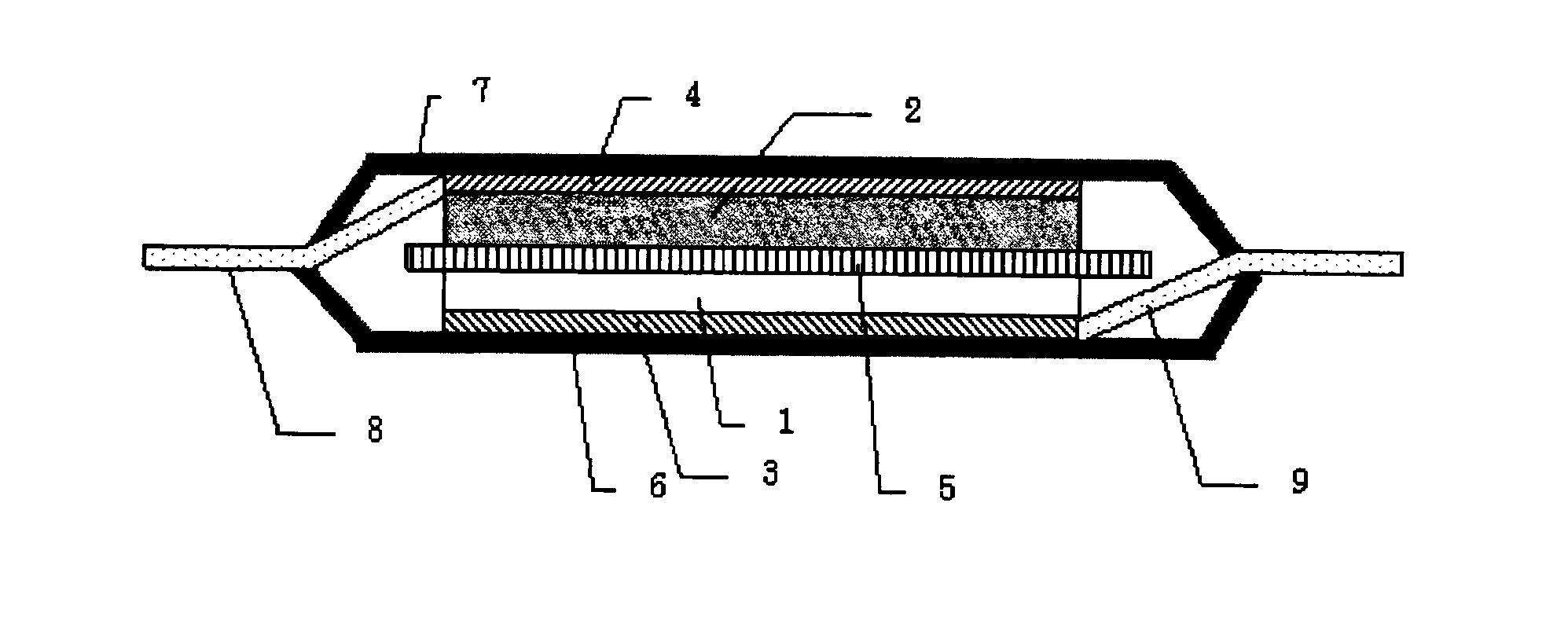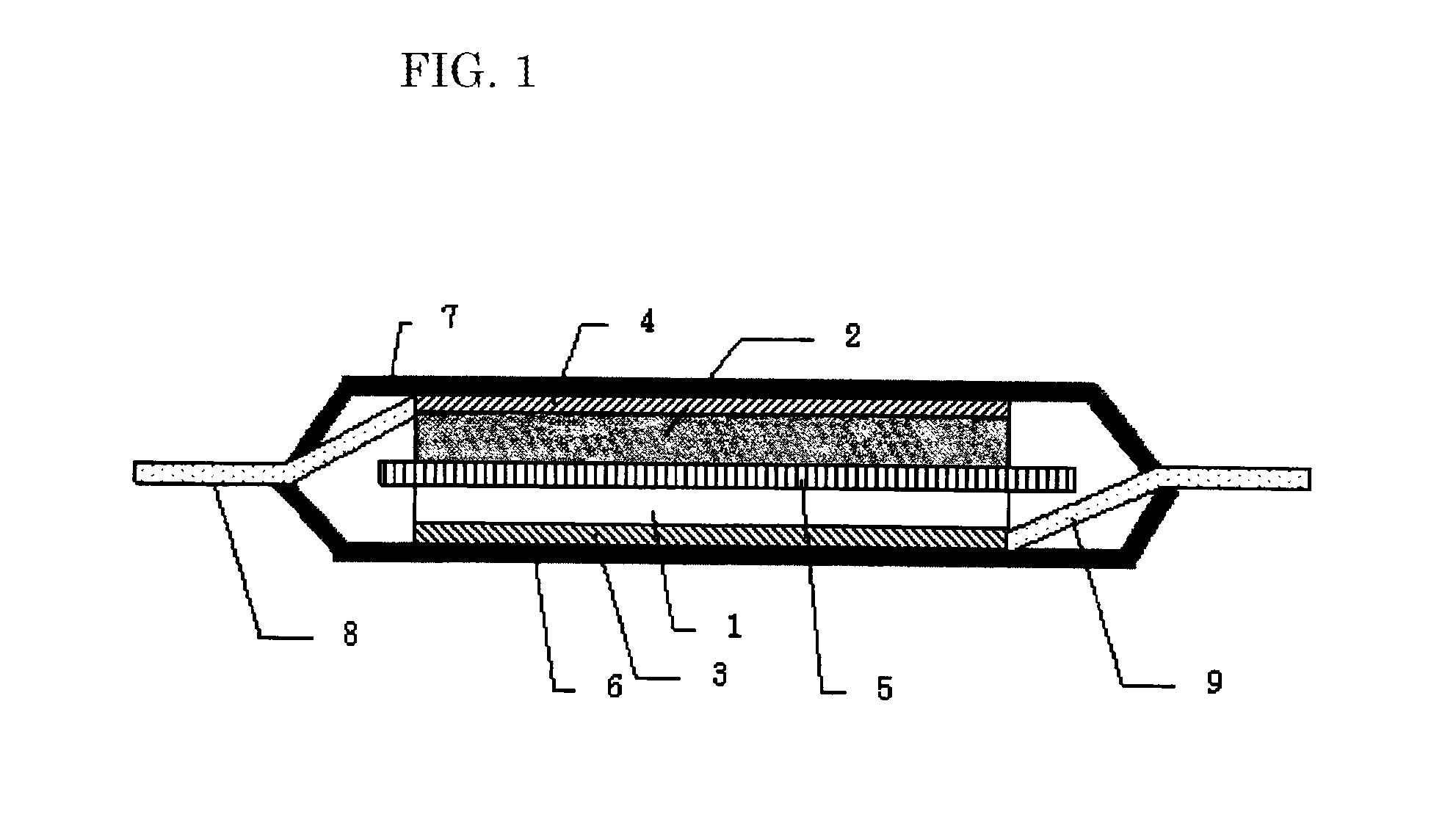Lithium secondary battery and production method therefor
- Summary
- Abstract
- Description
- Claims
- Application Information
AI Technical Summary
Benefits of technology
Problems solved by technology
Method used
Image
Examples
example 1
[0085]LiNi0.5Mn1.5O4 (90% by mass) as a positive electrode active material, polyvinylidene fluoride (5% by mass) as a binder, and carbon black (5% by mass) as a conductive agent were mixed to prepare a positive electrode mixture. The positive electrode mixture was dispersed in N-methyl-2-pyrrolidone to prepare a positive electrode slurry. One surface of a 20 μm thick aluminum current collector was uniformly coated with this positive electrode slurry. The thickness of the coating film was adjusted so that the initial charge capacity per unit area was 2.5 mAh / cm2. The coated current collector was dried and then compression-shaped by a roll press to make a positive electrode.
[0086]As a negative electrode active material, synthetic graphite was used. The synthetic graphite was dispersed in N-methylpyrrolidone in which PVDF is dissolved, to prepare a negative electrode slurry. The mass ratio of the negative electrode active material to the binder was 90 / 10. A 10 μm thick Cu current colle...
PUM
| Property | Measurement | Unit |
|---|---|---|
| Percent by mass | aaaaa | aaaaa |
| Percent by mass | aaaaa | aaaaa |
| Electric potential / voltage | aaaaa | aaaaa |
Abstract
Description
Claims
Application Information
 Login to View More
Login to View More - R&D
- Intellectual Property
- Life Sciences
- Materials
- Tech Scout
- Unparalleled Data Quality
- Higher Quality Content
- 60% Fewer Hallucinations
Browse by: Latest US Patents, China's latest patents, Technical Efficacy Thesaurus, Application Domain, Technology Topic, Popular Technical Reports.
© 2025 PatSnap. All rights reserved.Legal|Privacy policy|Modern Slavery Act Transparency Statement|Sitemap|About US| Contact US: help@patsnap.com



